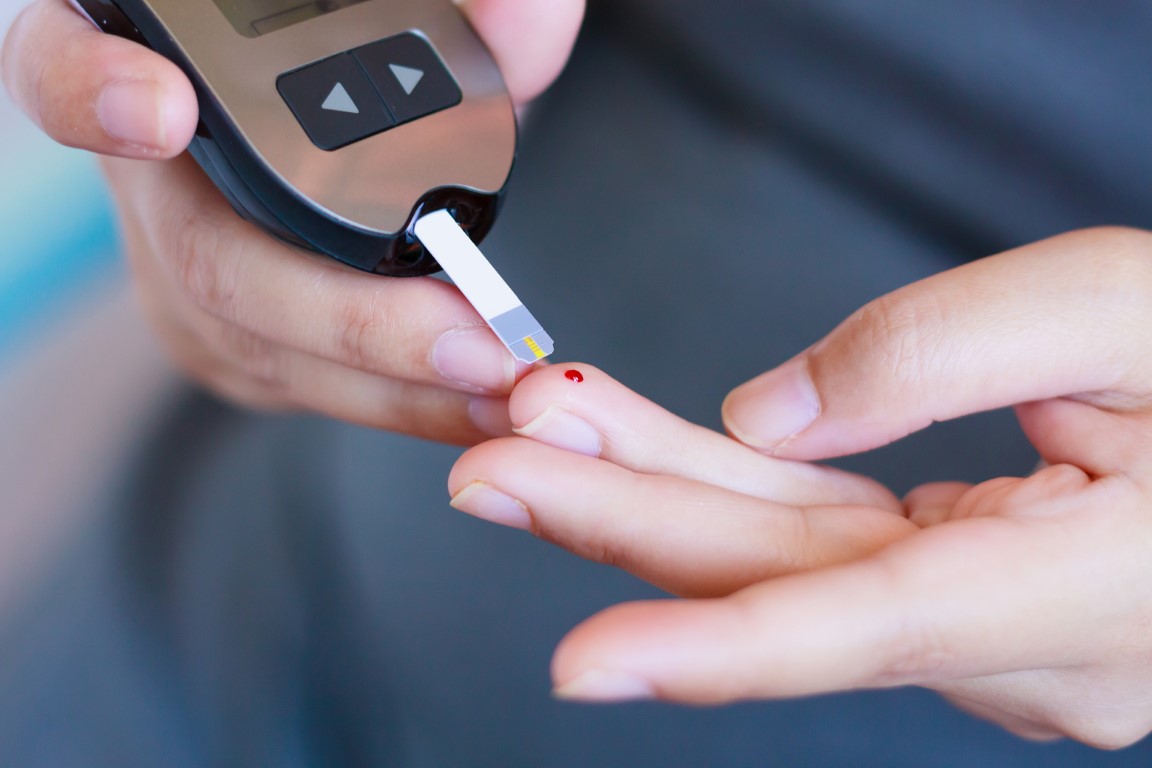Diabetes and Foot Care
Why a Podiatrist is so important
It is currently estimated that around 1.7 million Australians have diabetes. This makes it one of the largest challenges faced by our health system. On a personal level it can be just as challenging. Diabetes can cause all sorts of related complications, which, if not treated properly, can lead to long-term pain and discomfort. One of the areas most at risk of related complications is your feet.
First a Word about Diabetes
Diabetes – both Type 1 and Type 2 – is a condition whereby the body either does not produce sufficient insulin or the cells of the body no longer react to insulin. Insulin is produced by the pancreas, and helps your body use the sugar in the food you eat either for energy, or to be stored for future use. When it is working effectively insulin balances the level of sugar in your blood.
Type 1 Diabetes is an autoimmune disease, and often begins in childhood. Type 2 Diabetes is generally related to lifestyle, occurring most commonly in people who are overweight. Around 95% of all diabetes sufferers are Type 2.
If there is too much sugar in your blood for a prolonged period, organ and tissue damage can occur – including damage to your heart, blood vessels, nerves, kidneys and eyes.
How does Diabetes Affect your Feet
There are two key problems created by Diabetes that affect your feet:
Neuropathy – damage to the nerves. Causes pins and needles, tingling, numbness, pain and a burning sensation. Symptoms can come on very slowly, so that the condition is quite advanced before you notice it. When numbness is present, damage to the skin of the feet – cuts, grazes, blisters – can go unnoticed and infection can set in. Infection may turn to ulceration, which can penetrate to the bone (osteomyelitis) causing a chronic infection, possibly leading to amputation.
Peripheral Arterial Disease – or narrowing of the arteries. Fat and calcium building up in the walls of the arteries (atherosclerosis) reduces blood flow, particularly in the legs and feet. Symptoms include leg pain when walking, known as claudication. Pain can be anything from mild to severe. However, the biggest risk here is the increased risk of infection caused by the restricted blood flow. When blood flow is restricted, healing slows and ulceration can be the result.
Foot Amputation
Complications related to the feet account for the majority of diabetic problems, and most of these relate to ulceration. It is alarming to think that 80% of all foot amputations are caused by ulceration, and up to 80% of amputations could potentially be avoided if the patient had sought timely, structured and appropriate care.
Ulceration
Regular appointments with a Podiatrist are essential if you have diabetes. The combination of reduced sensation and blood flow can create the optimum environment for the development of ulcers. As with many things, prevention is far better than cure, as it is very, very difficult to cure an ulcer, but easy to prevent their development with the right care.
One indicator that an ulcer may be developing is an increase in skin temperature. If you notice a ‘hotspot’ on your foot, hotfoot it to the Podiatrist as quickly as you can.
Caring for your Feet
Daily care of your feet at home is essential:
- be familiar with your feet – thoroughly wash, dry and check them for changes daily. If you notice anything different, talk to your Podiatrist to make sure it is not cause for concern
- Keep your feet well moisturised to avoid cracking and peeling
- Avoid tight or scratchy socks or stockings
- Take care when cutting your toenails – straight across, not curved into the corners
- Make sure your shoes are well-fitted and comfortable to avoid blisters, corns and calluses
- Don’t use DIY corn treatments
- Treat any cuts, abrasions or blisters immediately with an antiseptic such as betadine and a sterile dressing, and make an appointment to visit the Podiatrist if you do not see improvement within 24 hours, or if there is any sign of infection.
- Ensure regular visits to a Podiatrist – aim for every 3-6 months
How a Podiatrist Can Help
Visiting a Podiatrist every 3-6 months is essential if you have diabetes. A Podiatrist will:
- check the blood flow in your feet and lower legs to rule out the development of Peripheral Arterial Disease
- Check sensation and reflex to rule out Neuropathy
- Examine your feet for any unusual foot shapes like bunions or hammer toes
- Treat corns and calluses effectively
- Trim toenails safely
- Ensure there are no potential areas where ulceration might be beginning to occur
- Ensure your shoes fit correctly, and possibly recommend orthotics to offset any inappropriate pressure which may cause ulceration
- If an ulcer is present, a Podiatrist will treat it with dressing and debridement, and possibly orthotics to reduce pressure on the wound
It is very important if you have diabetes to see a Podiatrist as soon as you notice anything unusual or different in relation to your feet. Since symptoms often develop slowly, once you notice them the problem is often well advanced.
If you have diabetes, or you are experiencing any of the symptoms we have mentioned, call our Hills District Clinic on 9639 7337 to make an appointment to see our specially trained Podiatrist.



